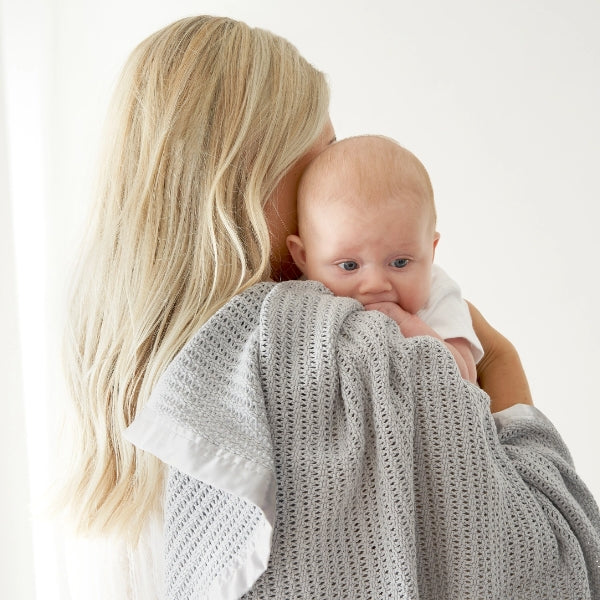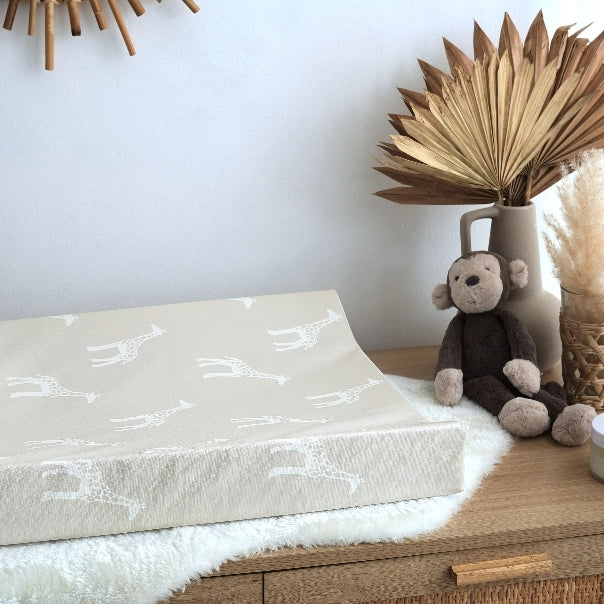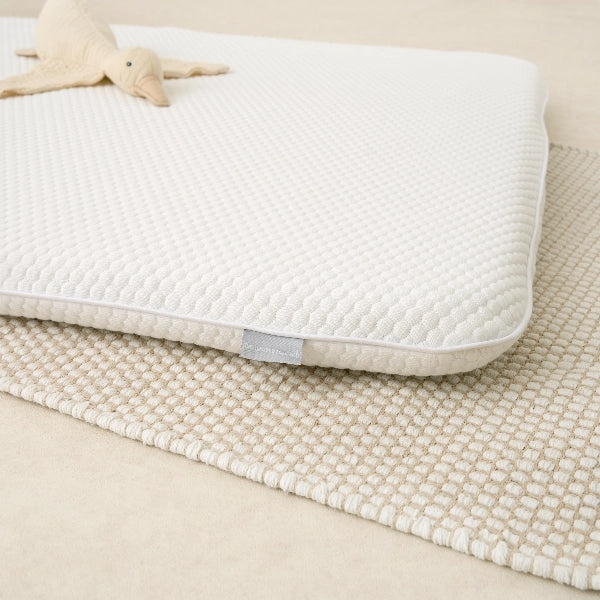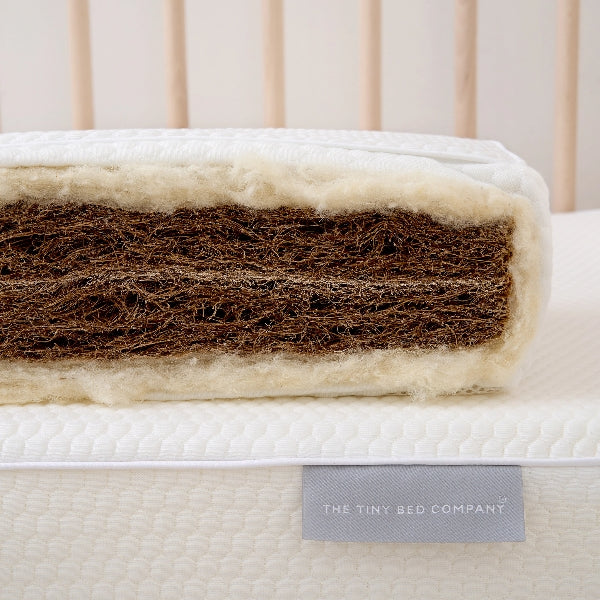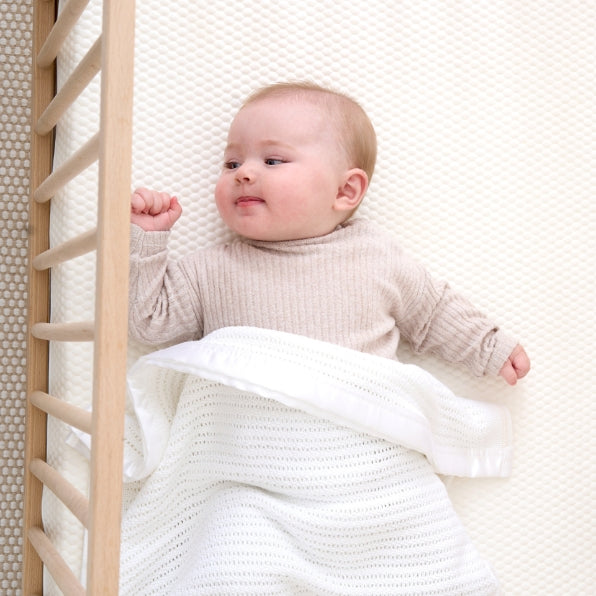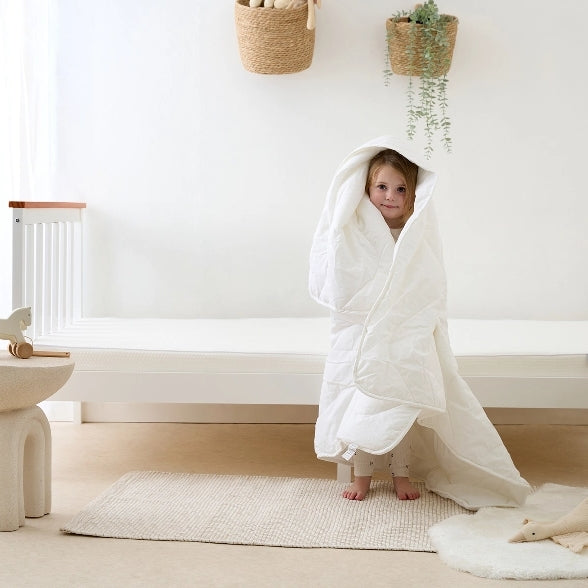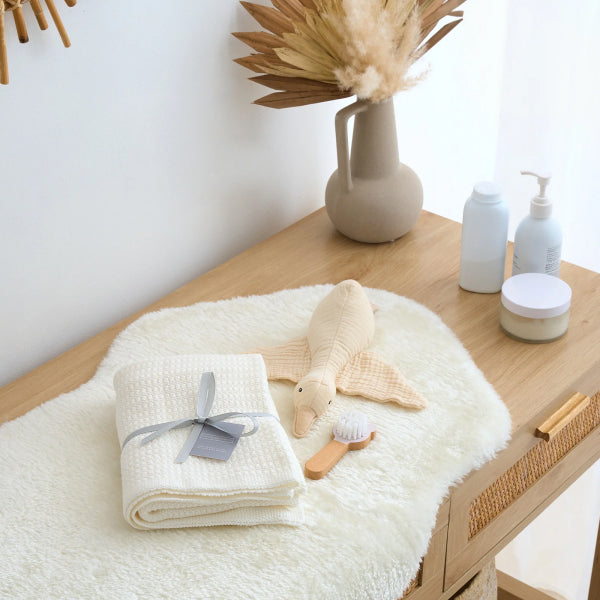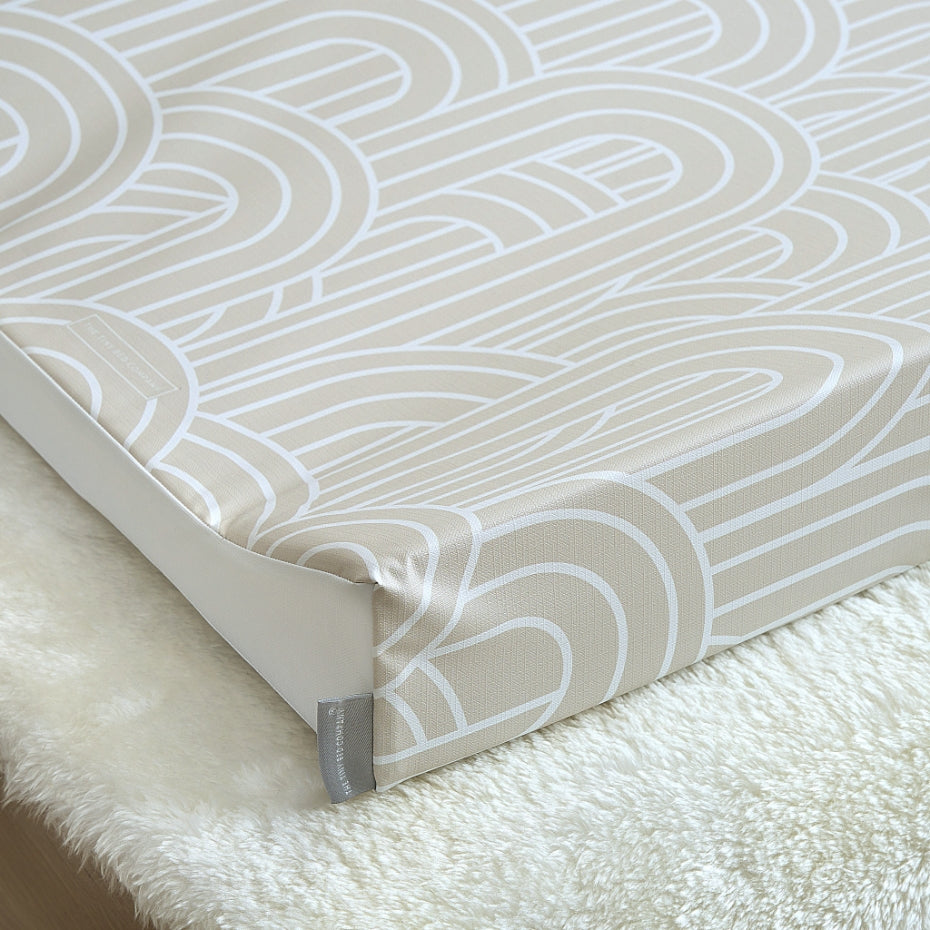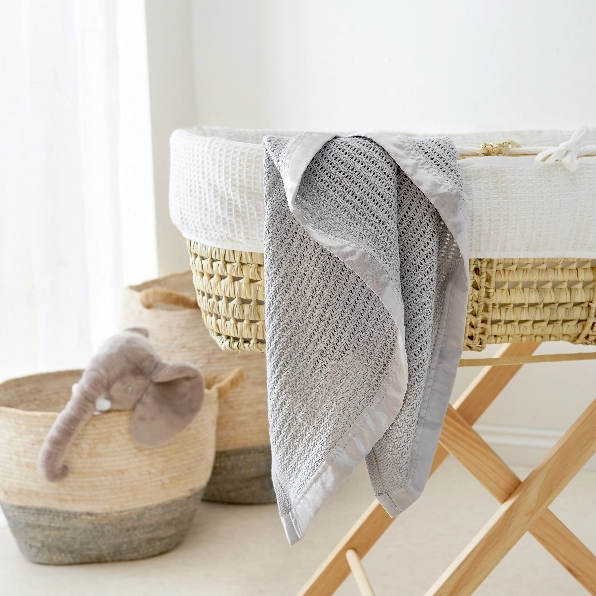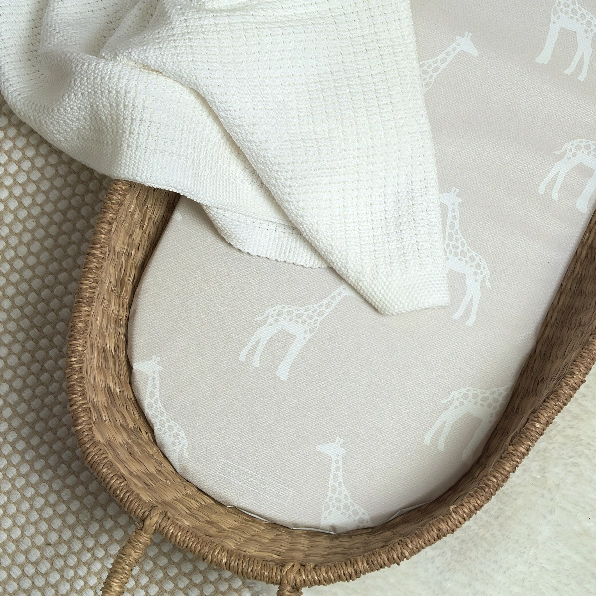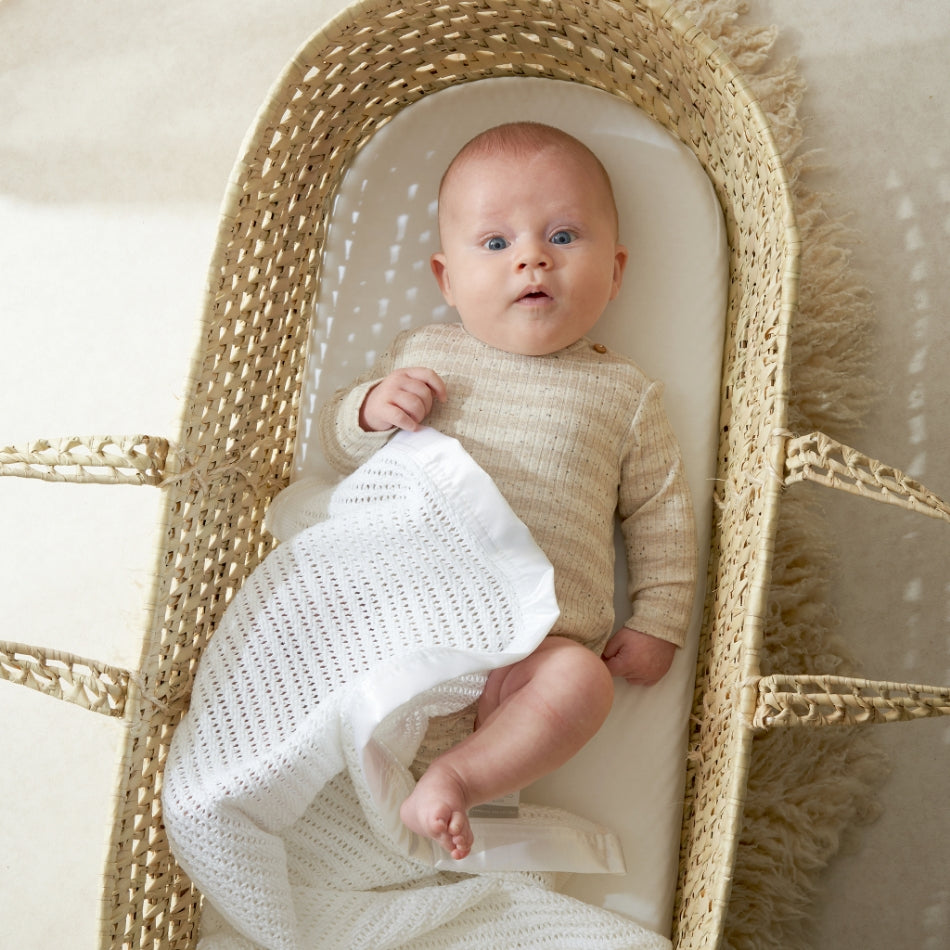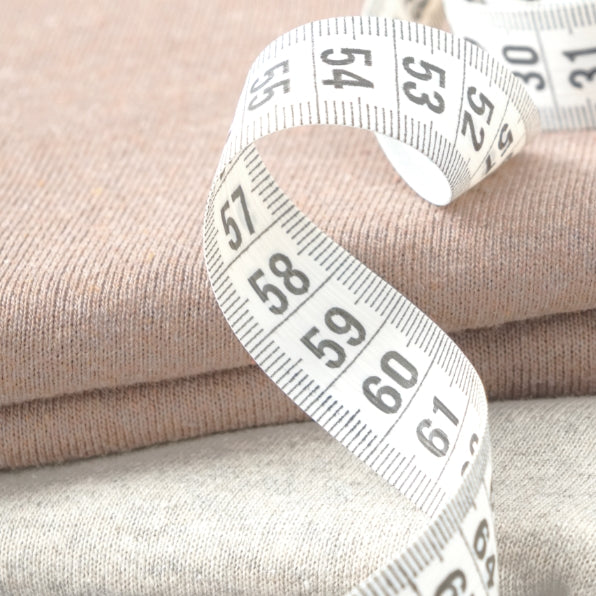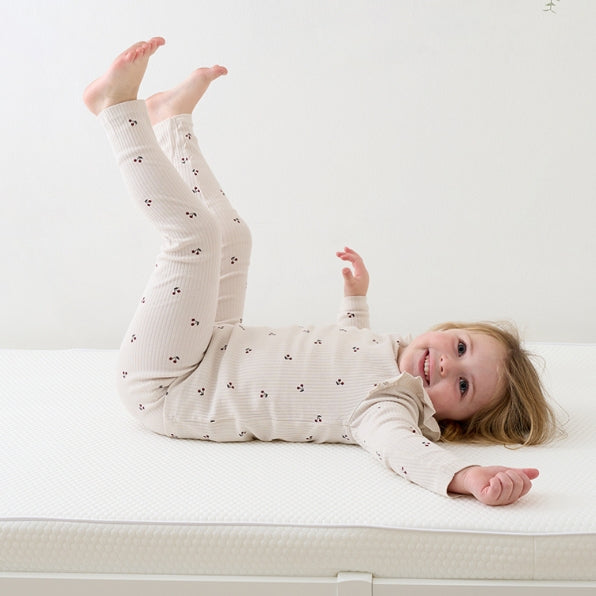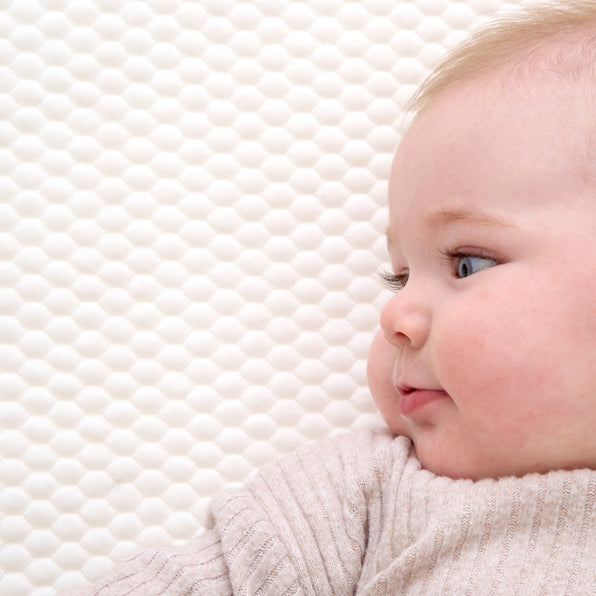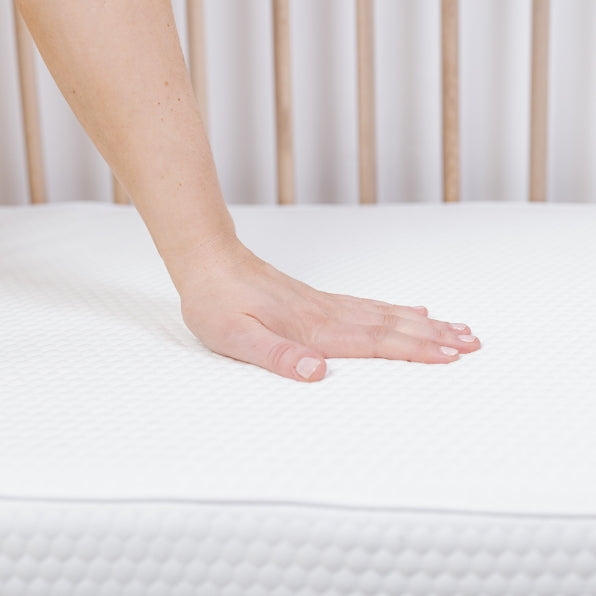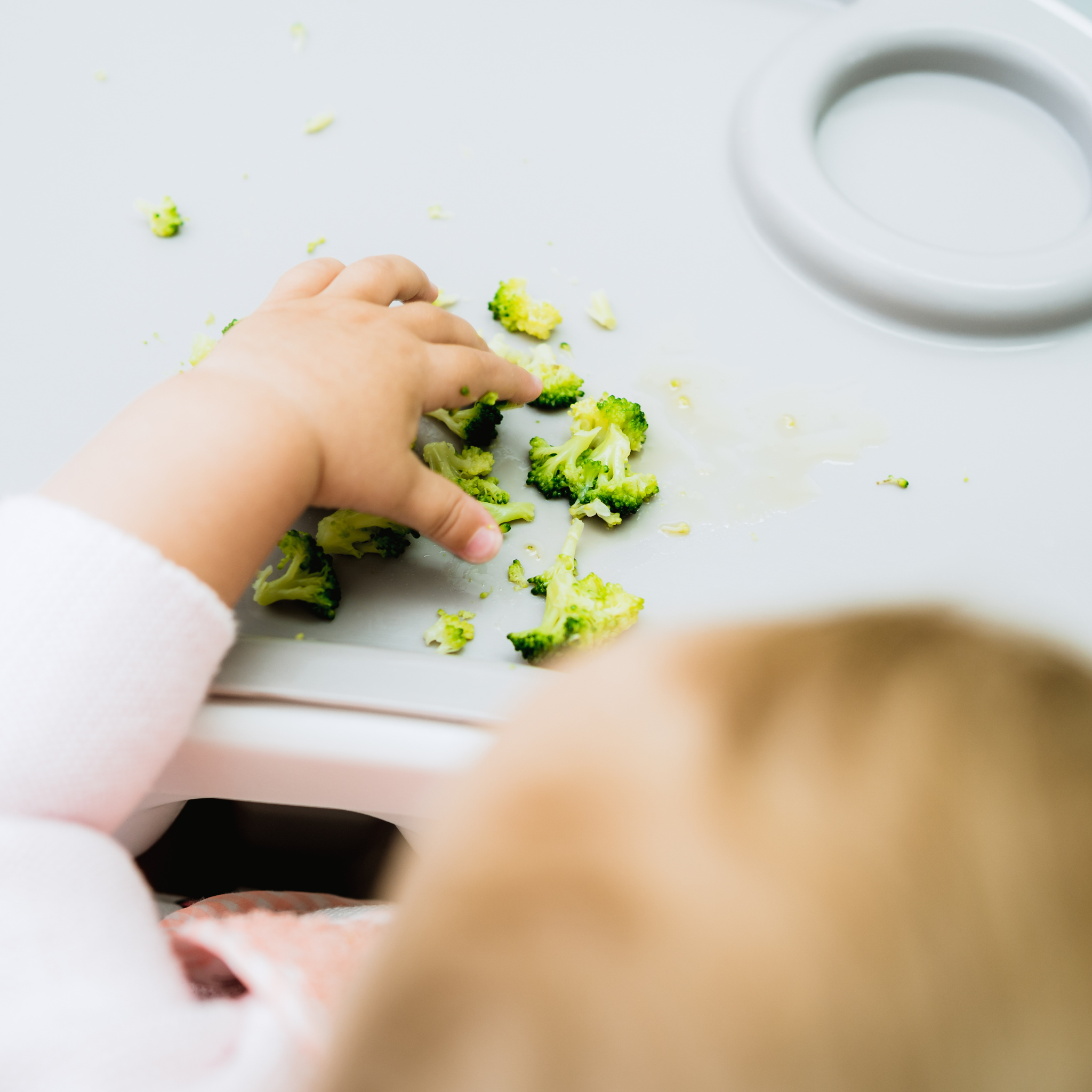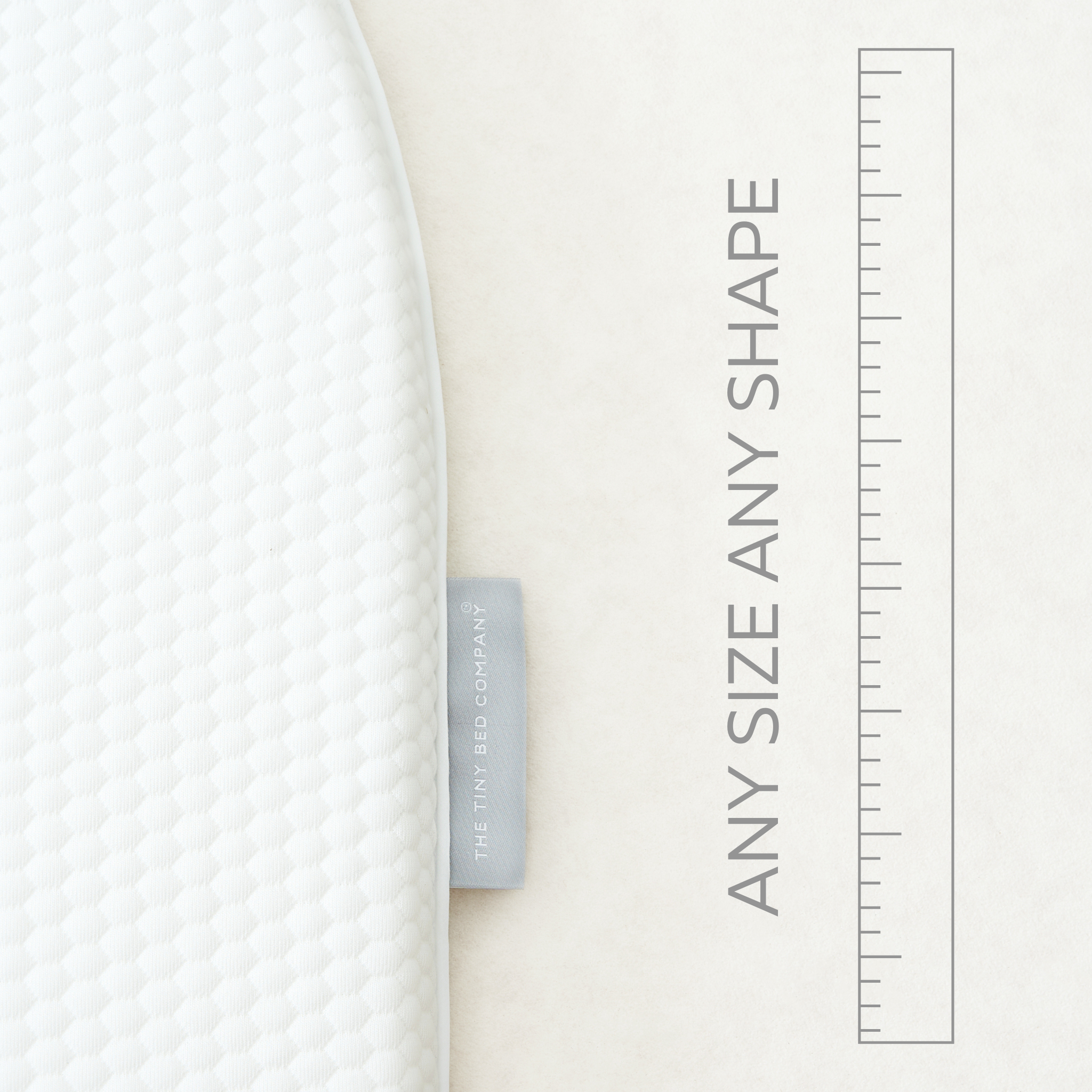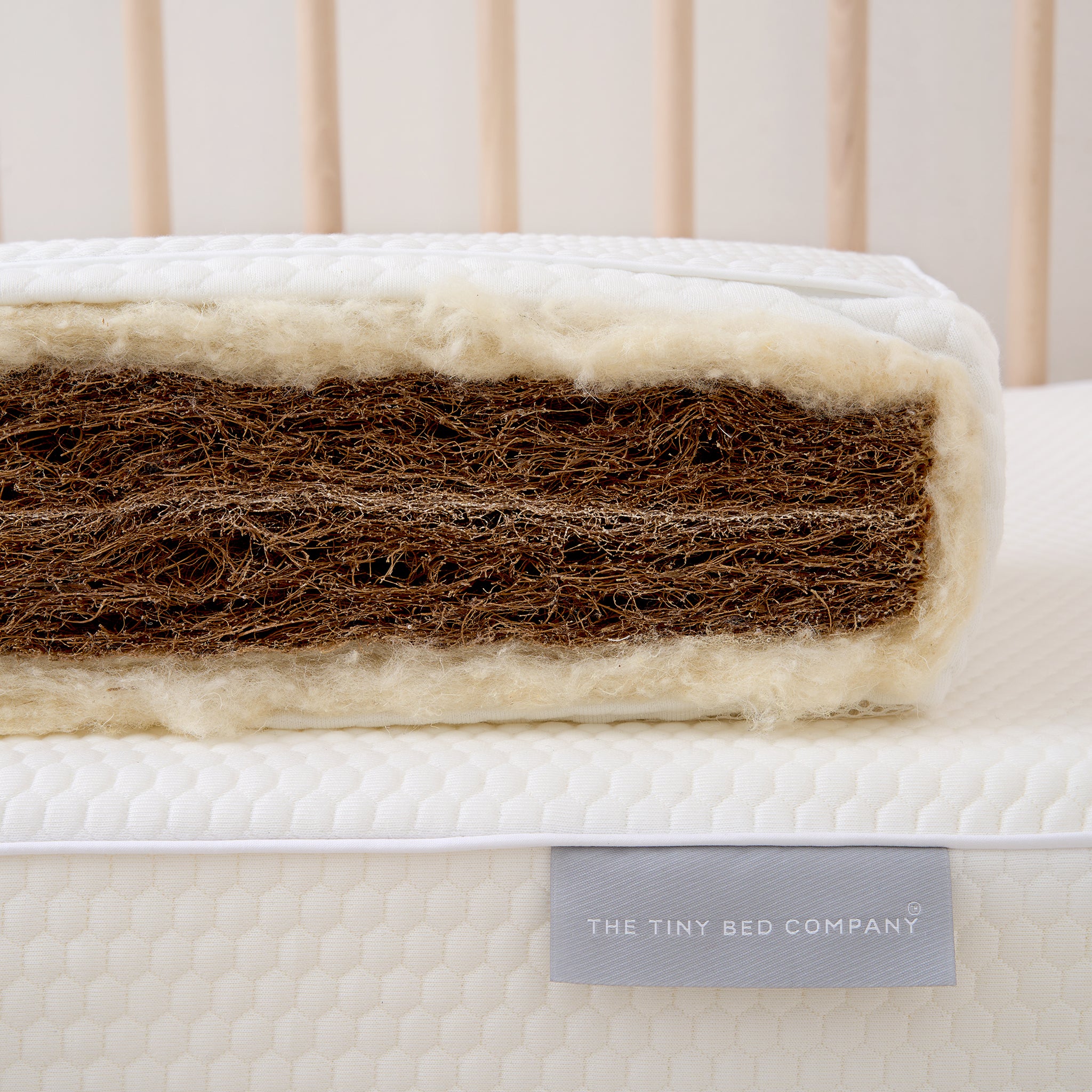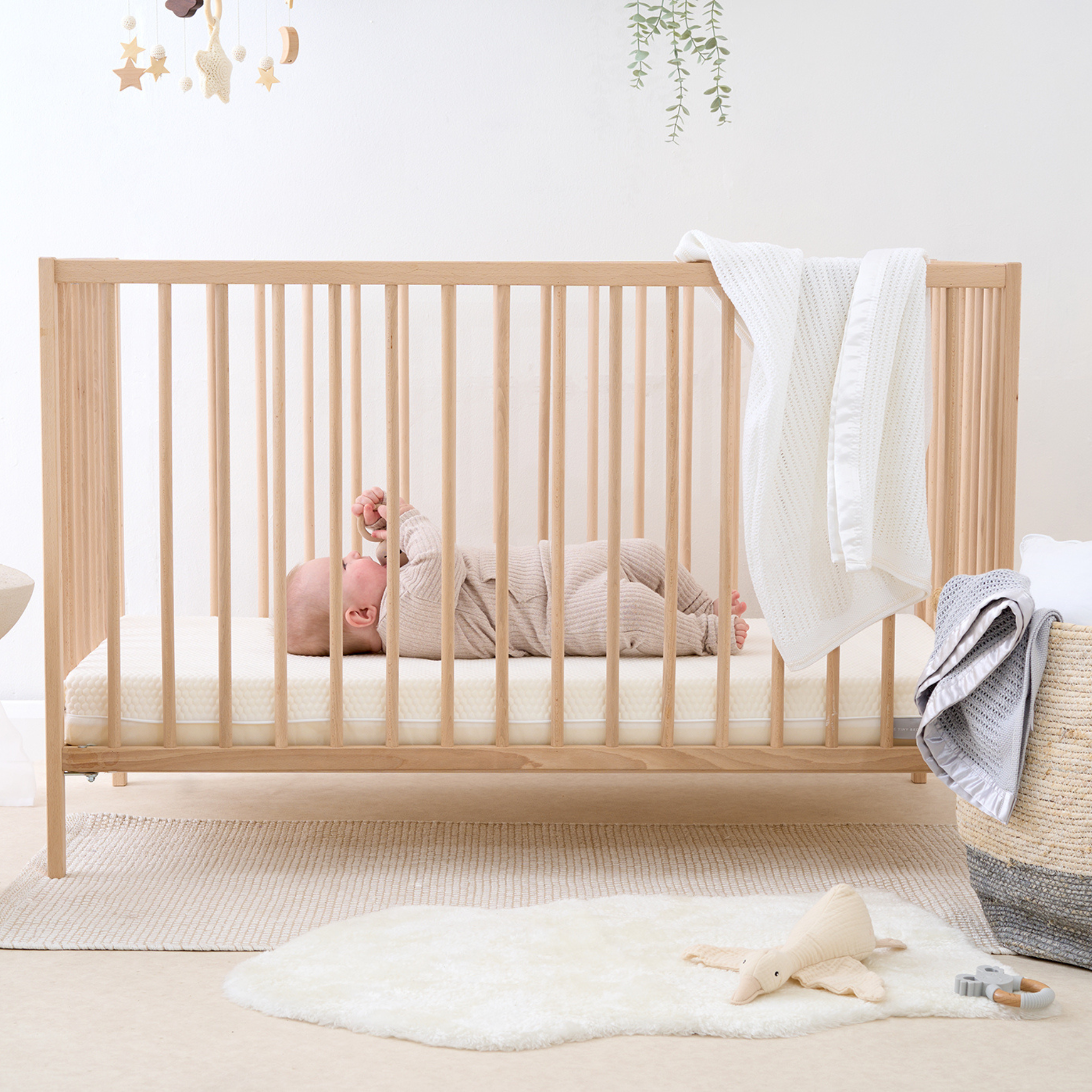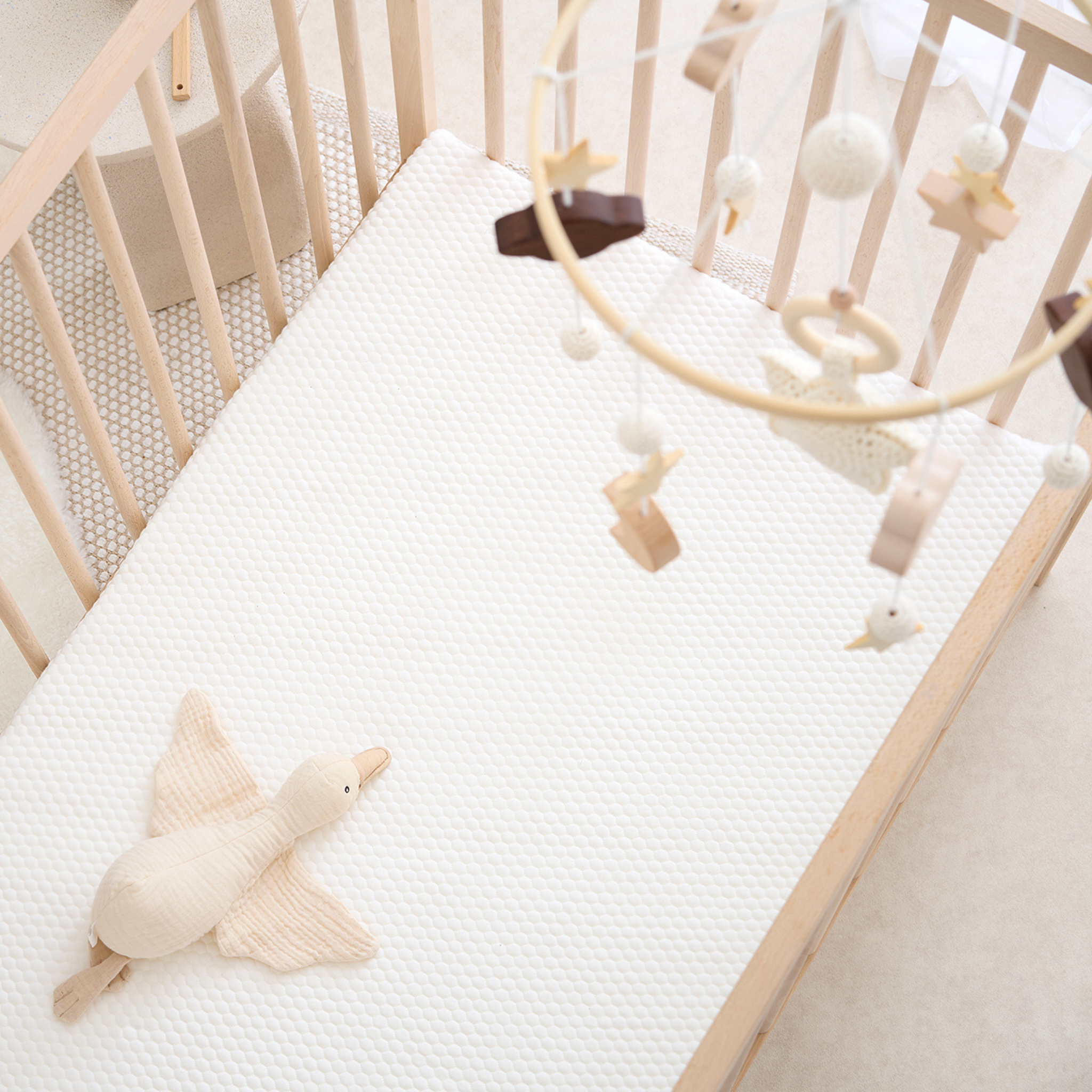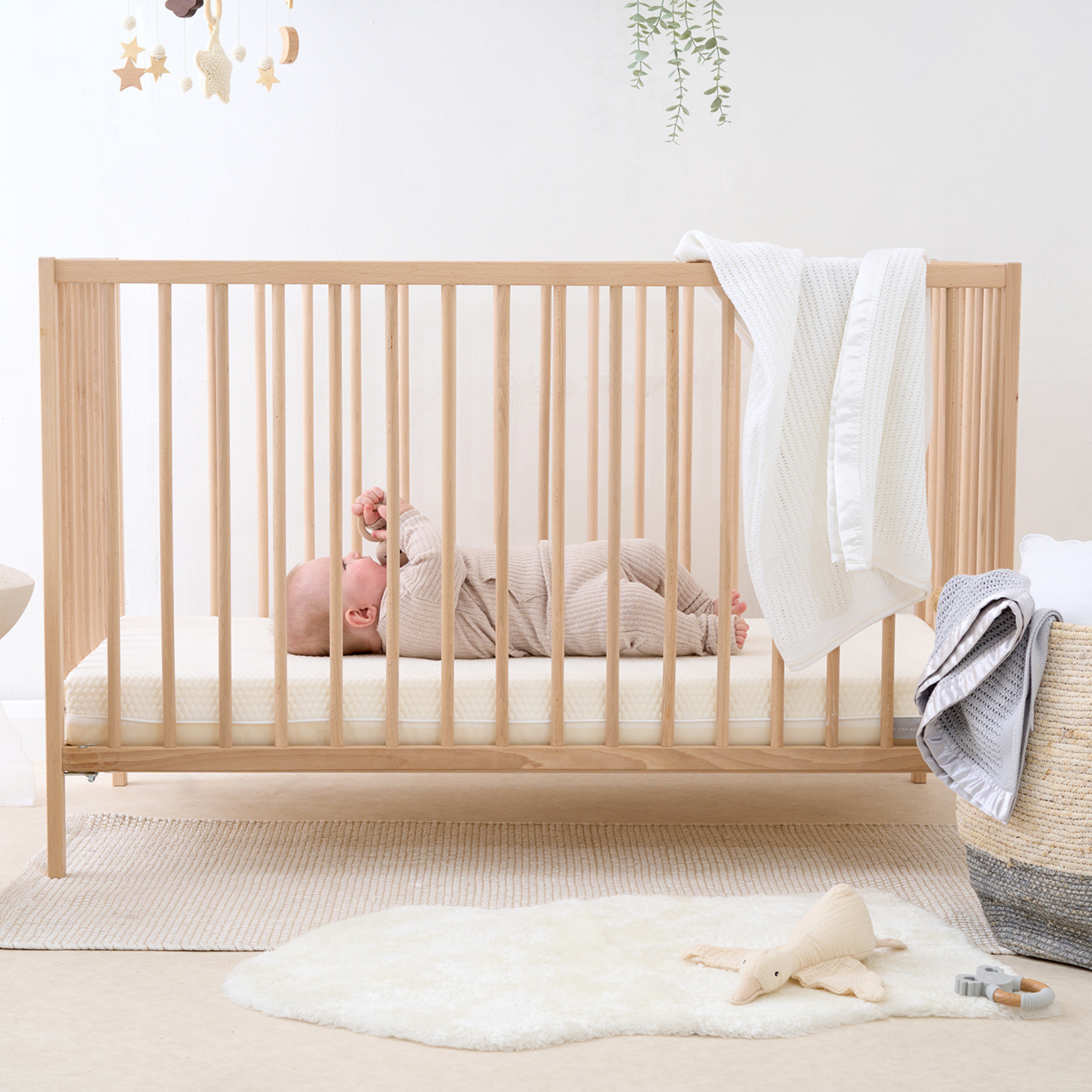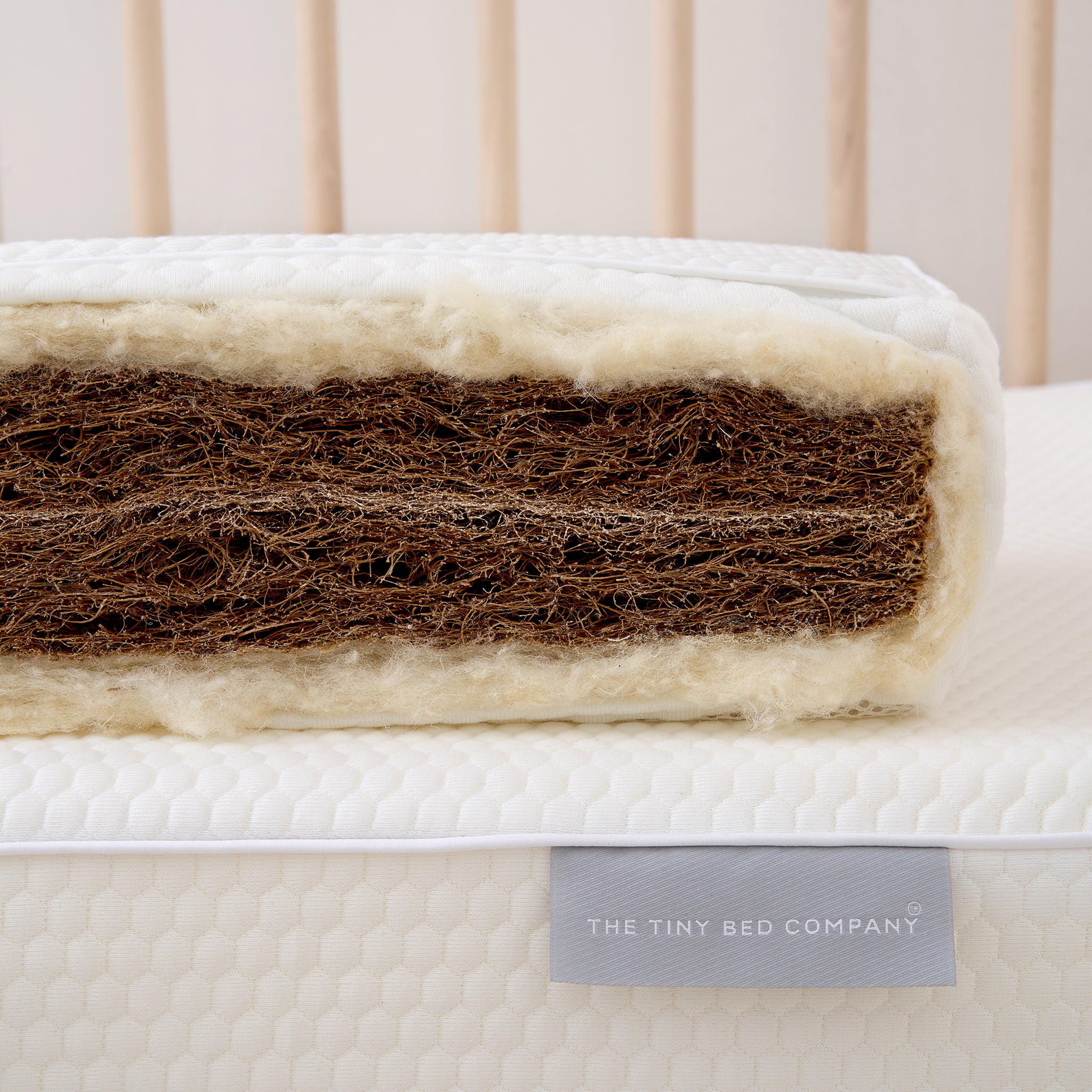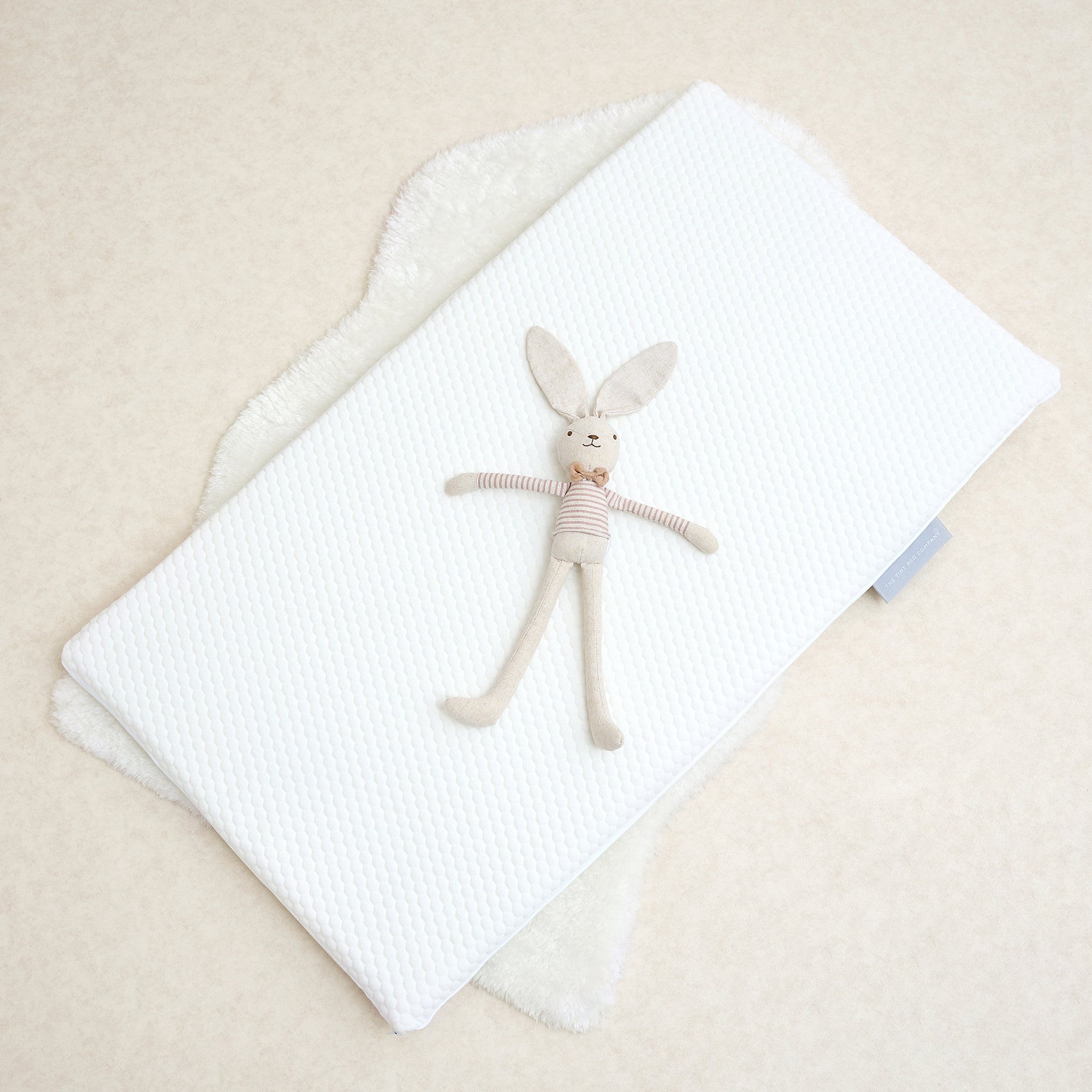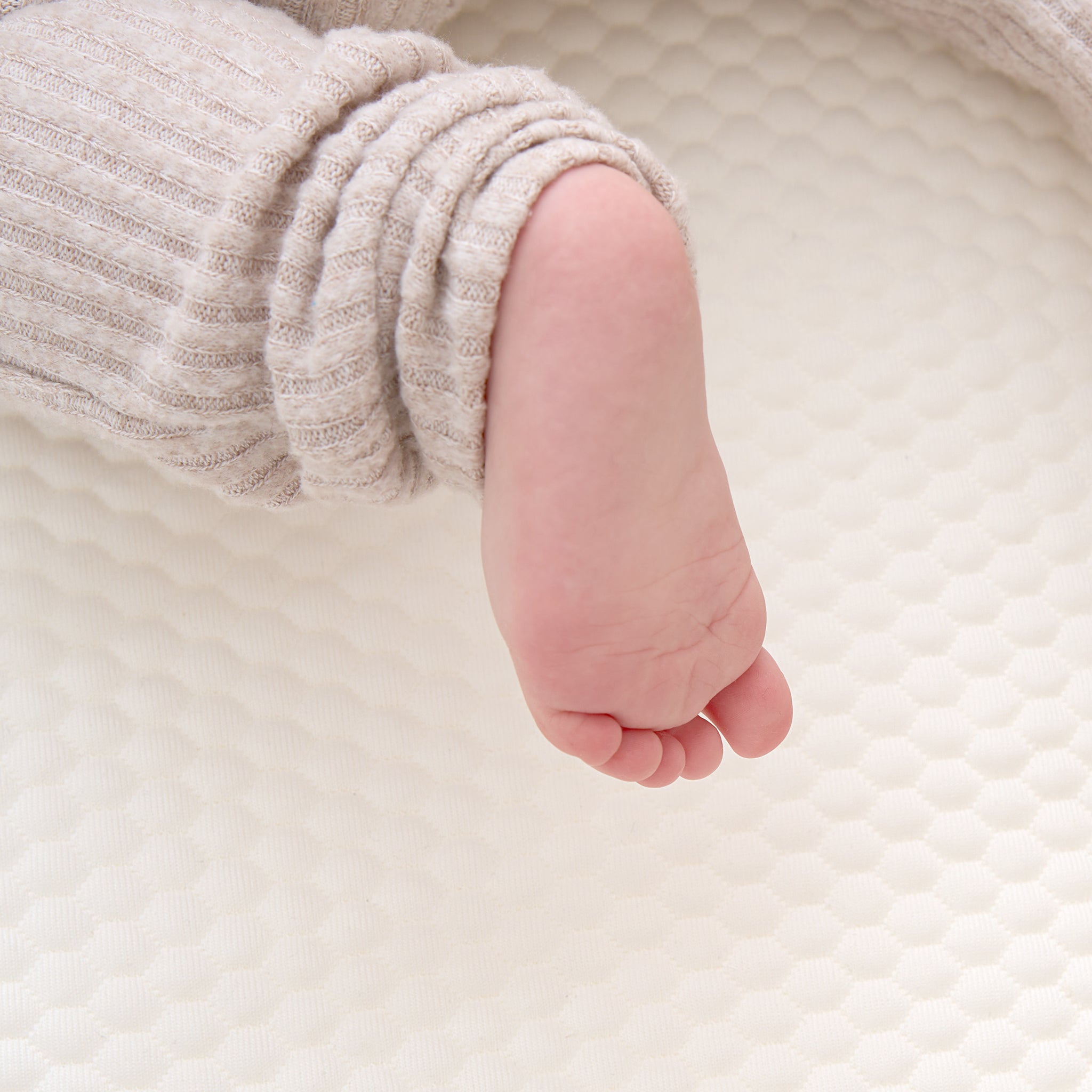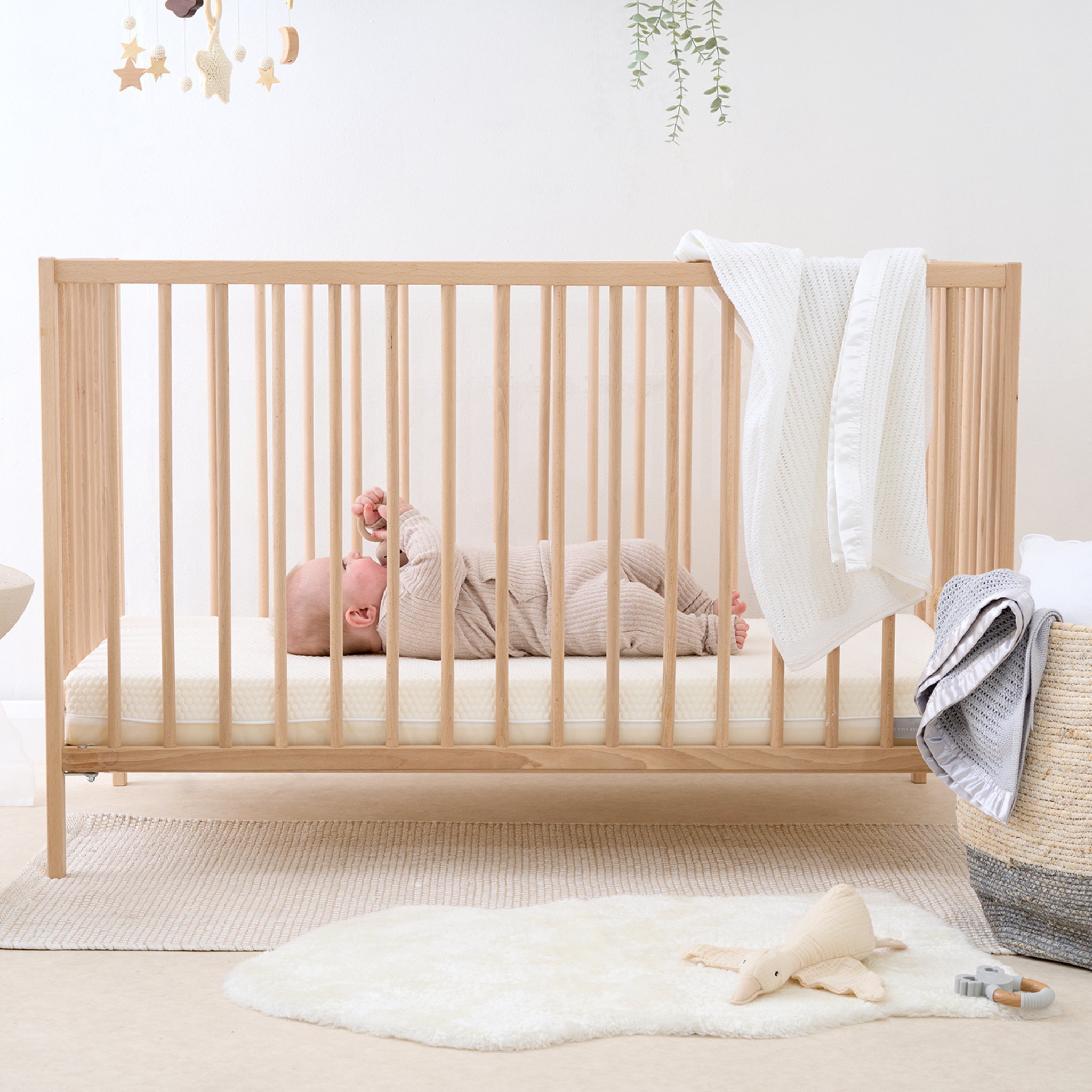Guide to Baby Proofing Your Home
Bringing a new baby home is an exciting time, but it also requires taking steps to ensure your living space is safe for your little one. Baby proofing a home involves identifying potential hazards and mitigating risks to create a secure environment. Here's a comprehensive guide to baby proofing your home using British grammar and terminology.
1. Assess Your Home
Begin by getting down on your hands and knees to see the world from a baby's perspective. Identify any potential hazards that might not be obvious from an adult's height.
2. Secure Furniture and Appliances
- Anchor Heavy Furniture: Secure bookcases, chests of drawers, and televisions to the wall using furniture straps to prevent tipping.
- Stabilise Appliances: Ensure large appliances like refrigerators and ovens are stable and cannot be pulled over.
3. Cover Electrical Outlets
- Plug Socket Covers: Insert plug socket covers into all accessible electrical outlets to prevent little fingers from poking into them.
4. Lock Cabinets and Drawers
- Child Safety Locks: Install child safety locks on cabinets and drawers that contain hazardous items such as cleaning products, sharp objects, and medications.
5. Use Safety Gates
- Stair Gates: Place safety gates at the top and bottom of staircases to prevent falls.
- Room Dividers: Use gates to keep your baby out of rooms that haven't been baby-proofed.
6. Remove Choking Hazards
- Small Objects: Keep small items such as coins, buttons, and batteries out of reach.
- Toys: Ensure toys are age-appropriate and do not have small parts that could become detached.
7. Install Window Guards and Cord Safety
- Window Locks: Fit window locks to prevent windows from being opened wide enough for a child to climb through.
- Cord Winders: Use cord winders or cleats to keep blind cords and curtain ties out of reach.
8. Soften Sharp Edges and Corners
- Corner Protectors: Attach corner protectors to sharp furniture edges to cushion any bumps or falls.
- Edge Bumpers: Use edge bumpers on low tables and countertops.
9. Adjust Water Temperature
- Thermostat: Lower the thermostat on your water heater to below 48°C (120°F) to prevent scalding.
- Bath Thermometer: Use a bath thermometer to ensure bath water is at a safe temperature.
10. Use Safety Latches for Toilets
- Toilet Locks: Install toilet locks to prevent your baby from lifting the lid and potentially falling in.
11. Secure Doors and Windows
- Door Stops and Guards: Use door stops and finger guards to prevent fingers from getting pinched in doors.
- Window Locks: Secure windows to limit the opening and prevent accidental falls.
12. Maintain a Safe Sleeping Environment
- Crib Safety: Ensure the crib meets current safety standards, with a firm mattress and no loose bedding, pillows, or toys.
- Monitor: Use a baby monitor to keep an eye on your baby when they're sleeping in another room.
13. Keep Hazardous Materials Out of Reach
- Chemicals and Cleaning Products: Store these in high cabinets or locked cupboards.
- Medicines: Keep all medicines, vitamins, and supplements in a locked cabinet, high up out of reach.
14. Be Prepared for Emergencies
- First Aid Kit: Keep a well-stocked first aid kit accessible.
- Emergency Numbers: Have emergency contact numbers readily available.
15. Regularly Inspect and Update
- Ongoing Checks: Regularly inspect your home for new hazards as your baby grows and becomes more mobile.
- Update Safety Measures: Adjust and add to your baby-proofing measures as necessary.
Conclusion
Baby proofing your home is an ongoing process that evolves as your child grows. By taking these steps, you can create a safer environment that allows your baby to explore and develop with fewer risks. Always stay vigilant and ready to make adjustments to maintain a secure home.
